1. Tȟašúŋke Witkó (Crazy Horse)
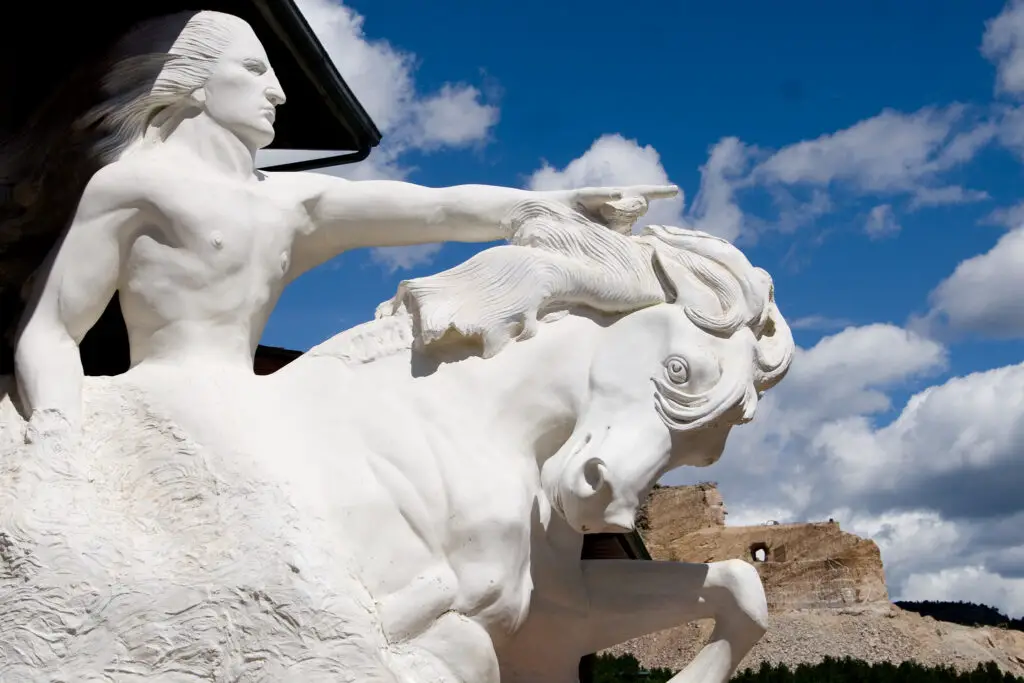
Crazy Horse was a fearless Oglala Lakota warrior who never sought fame but became a legend. He played a key role in the Battle of the Little Bighorn, where he and his warriors overwhelmed Custer’s troops. Unlike many leaders of his time, he refused to have his photo taken, believing it would steal part of his spirit. His dedication to his people was unwavering, and he resisted U.S. government efforts to force Native Americans onto reservations. Even in surrender, he remained proud, but his life was tragically cut short when he was fatally stabbed while in U.S. custody, shares Backpacker Magazine.
His legacy lives on, not just in history books but in the still-unfinished Crazy Horse Memorial in South Dakota. Unlike Mount Rushmore, which was carved into sacred land, this monument was designed with Lakota input to honor his bravery. Though he was gone too soon, his defiance and leadership continue to inspire. His people still honor his name, keeping the spirit of resistance alive.
2. Lozen

Lozen was a Chiricahua Apache warrior and medicine woman who fought alongside her brother Victorio against Mexican and U.S. forces. She wasn’t just a skilled fighter—she was also said to have spiritual powers that allowed her to sense enemies approaching. Victorio himself declared that Lozen was his “right hand” in battle. After his death, she joined forces with Geronimo, continuing to resist those who sought to take Apache land. She was as fierce on the battlefield as she was compassionate, often helping women and children escape to safety shares KQED.
Captured by the U.S. military, she was sent to a Florida prison, where she died of tuberculosis. Despite her tragic end, her story deserves more recognition. She shattered expectations in a male-dominated world, proving that strength wasn’t defined by gender. Today, Lozen is remembered as one of the most remarkable warriors in Apache history.
3. Sequoyah
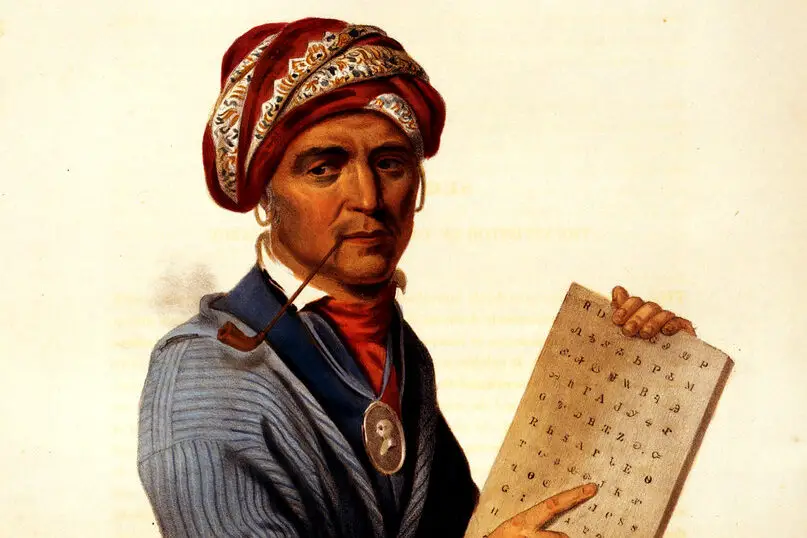
Sequoyah, a Cherokee silversmith, did something truly revolutionary—he created a writing system for his people. Before his invention, the Cherokee language had no written form, relying only on oral tradition. He saw how European settlers used writing to maintain knowledge and wanted the same for his people. After years of work, he developed the Cherokee syllabary, which quickly spread and increased literacy rates among the Cherokee. It was so effective that the Cherokee Nation began publishing newspapers in their language explains Wikipedia.
His work wasn’t just about communication—it was about survival. By preserving their language in written form, he helped the Cherokee maintain their identity despite the forced removals and hardships of the 19th century. Today, Cherokee people still use his system, keeping their language alive. Few individuals can say they changed an entire culture, but Sequoyah certainly did adds Britannica.
4. Zitkála-Šá
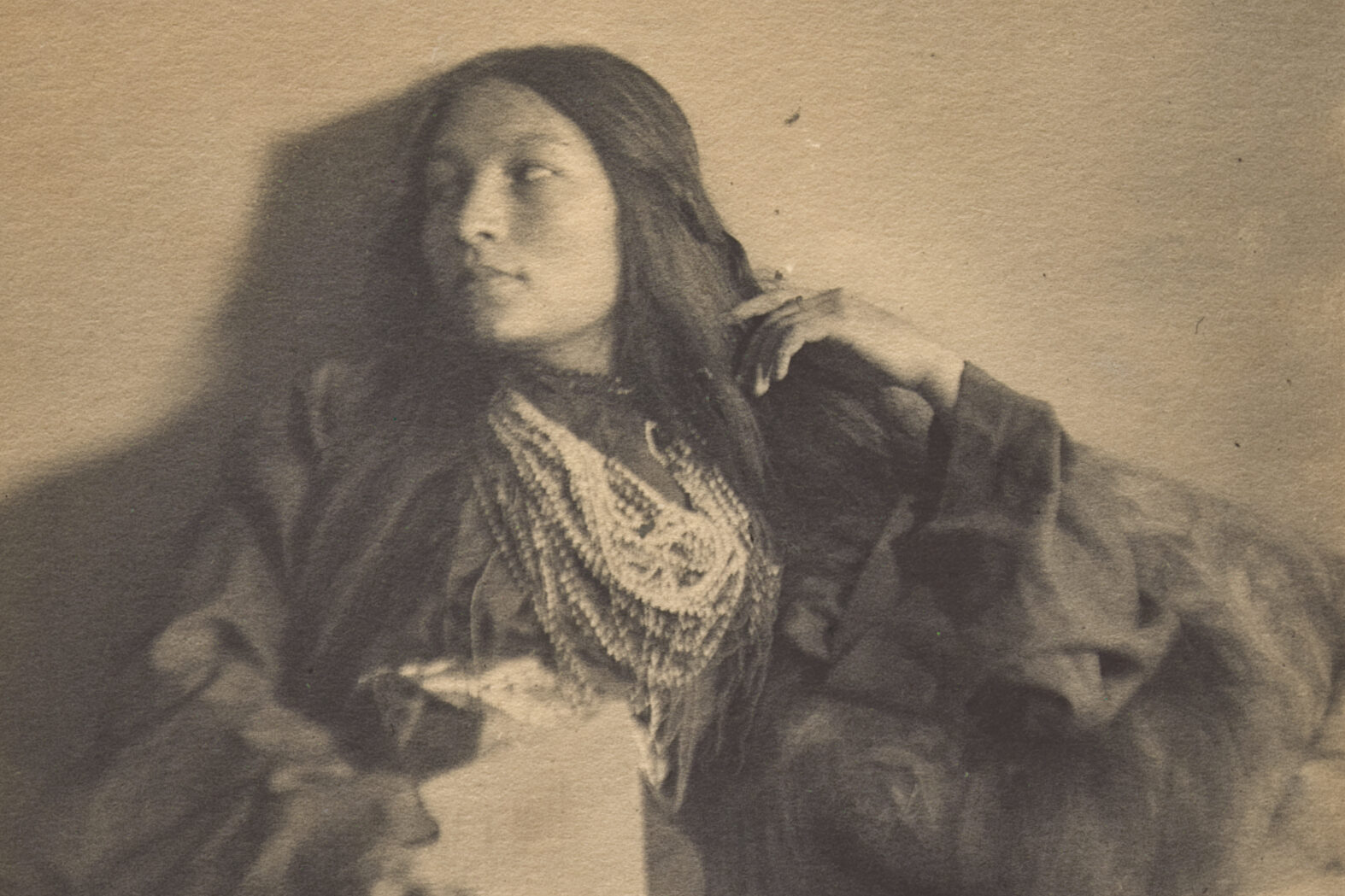
Zitkála-Šá, also known as Gertrude Simmons Bonnin, was a Yankton Dakota writer, musician, and activist who spent her life fighting for Native American rights. She was forced into a boarding school as a child, where she was stripped of her culture, but she never forgot who she was. Instead of rejecting her heritage, she used her voice to share the struggles of Native people. She wrote books and articles exposing the cruelty of assimilation policies and worked tirelessly to secure citizenship rights for Native Americans.
Beyond her activism, she was a talented violinist and composer who blended Native themes with classical music. She even co-wrote the first Native American opera, The Sun Dance Opera. Zitkála-Šá was never afraid to challenge the status quo, proving that resistance could come in many forms. Her words and music continue to inspire those fighting for Indigenous rights today.
5. Chief Joseph
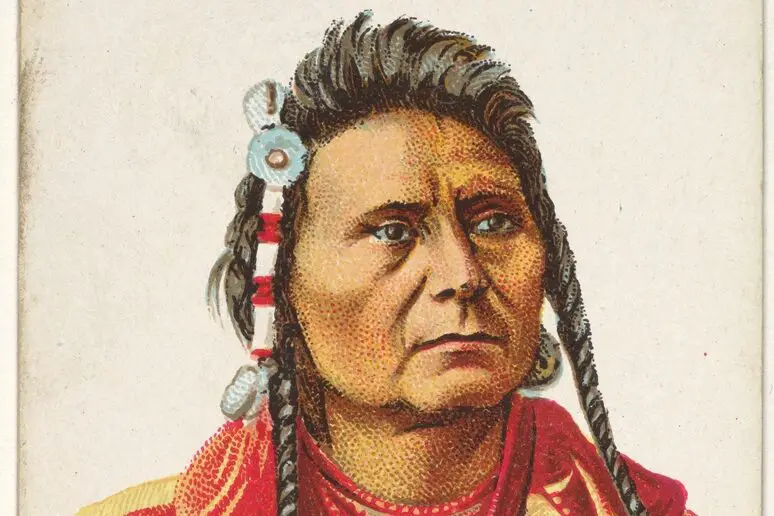
Chief Joseph of the Nez Perce was known for his leadership and eloquence, especially during his people’s forced removal from their homeland. After the U.S. government broke treaties, he led his people on a harrowing 1,400-mile journey to escape to Canada. They evaded the U.S. Army for months, outmaneuvering better-equipped forces in a desperate bid for freedom. But just 40 miles from the border, they were forced to surrender. It was then that Chief Joseph delivered his famous words: “I will fight no more forever.”
Despite his surrender, he never stopped advocating for his people. He fought for their right to return home, though the government never allowed it. His ability to speak truth to power made him one of the most respected leaders of his time. Even in captivity, he remained dignified, ensuring his people’s suffering was never forgotten.
6. Susan La Flesche Picotte

Susan La Flesche Picotte broke barriers as the first Native American woman to become a doctor. Born on the Omaha Reservation, she saw firsthand the lack of medical care available to her people. One experience haunted her—watching a sick Native woman die because a white doctor refused to help. That moment fueled her determination to become a physician. She graduated at the top of her class in medical school, an incredible feat for a Native woman in the 19th century.
She didn’t just practice medicine; she fought for public health and Native rights. She built the first privately funded hospital on a reservation, ensuring her people received proper care. Even while battling her own health issues, she never stopped working to improve the lives of others. Her dedication paved the way for future Native doctors and activists.
7. Standing Bear
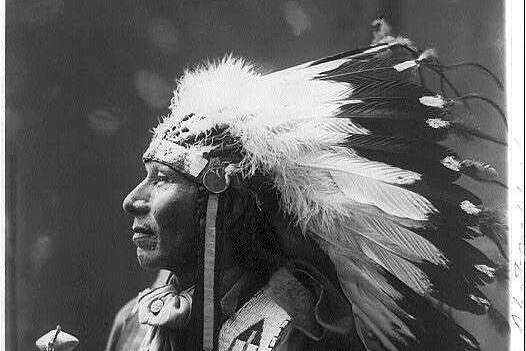
Standing Bear, a Ponca chief, made history when he fought for Native Americans’ legal recognition as human beings. After the U.S. government forced his people to move to Indian Territory, many, including his son, died from starvation and disease. Determined to bury his son in their homeland, he led a small group back to Nebraska. He was arrested for leaving without government permission and put on trial.
During his trial, he made a simple yet powerful argument: “I am a man.” His case led to a landmark ruling that, for the first time, recognized Native Americans as people under U.S. law. Though it didn’t grant full citizenship, it was a step toward justice. Standing Bear’s courage helped pave the way for future legal battles over Native rights.
8. Ben Nighthorse Campbell
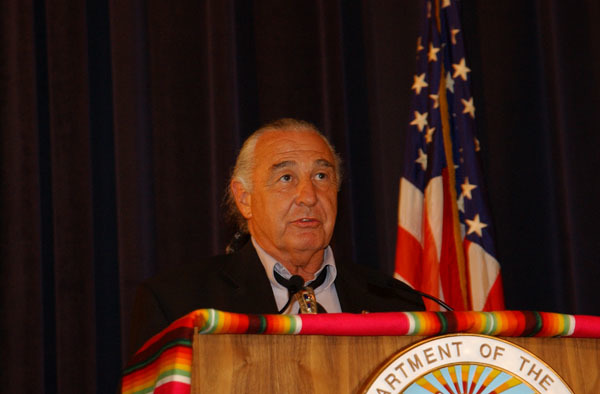
Ben Nighthorse Campbell is proof that Native leaders can make waves in modern politics. A Northern Cheyenne, he started as a judo champion before entering politics. He became a U.S. Senator, one of the first Native Americans to do so. He worked to protect Native lands, improve healthcare, and support Indigenous businesses. Unlike many politicians, he remained deeply connected to his roots, often wearing traditional Cheyenne attire in Congress.
His journey from athlete to lawmaker wasn’t easy, but he never backed down from a fight. He played a major role in passing laws that benefited Native communities. His career showed that Indigenous voices deserved a place in the nation’s highest offices. Even after retiring, he continues to advocate for Native rights.
9. Buffalo Calf Road Woman
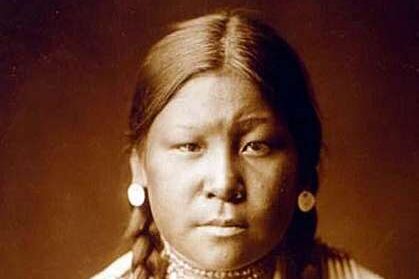
Buffalo Calf Road Woman was a Cheyenne warrior who played a crucial role in battles against U.S. forces. She was one of the few women known to have fought at the Battle of the Rosebud, where she rescued her wounded brother. She is also believed to have struck the final blow that knocked General Custer off his horse at Little Bighorn. Unlike the popular narrative that focuses on male warriors, she proved that women were just as vital in the fight for survival.
After the battles, she and her family were forced into exile. Like many warriors of her time, she faced hardship and imprisonment. She died at a young age, but her bravery left an indelible mark on history. Her story challenges outdated ideas of who gets to be called a hero.
10. Red Cloud
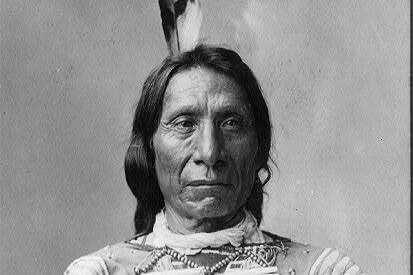
Red Cloud was one of the most formidable Lakota leaders, successfully resisting U.S. expansion in the Great Plains. He led his warriors in Red Cloud’s War, the only war in which Native Americans forced the U.S. military to abandon its forts. His victory led to the Treaty of Fort Laramie in 1868, temporarily securing Lakota land, including the sacred Black Hills. But when gold was discovered there, the U.S. broke the treaty, sparking new conflicts. Though he chose diplomacy over further war, he never stopped advocating for his people’s sovereignty.
Later in life, Red Cloud worked to protect Lakota land and culture through negotiations rather than battles. While some saw this as surrender, he believed it was the only way to ensure his people’s survival. He constantly challenged government policies that harmed the Lakota, refusing to let their struggles be ignored. His leadership proved that resistance comes in many forms, whether on the battlefield or across a negotiating table.
11. Ely S. Parker
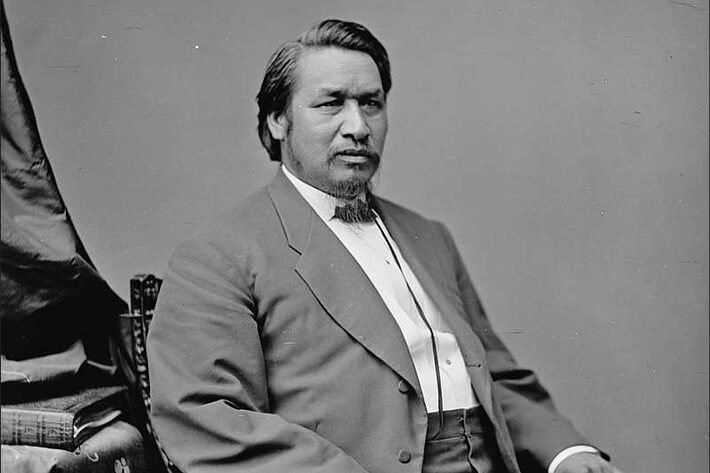
Ely S. Parker was a Seneca leader, engineer, and military officer who played a crucial role in American history. During the Civil War, he became a close ally of Ulysses S. Grant, eventually serving as his military secretary. It was Parker who drafted the terms of Confederate General Robert E. Lee’s surrender at Appomattox, effectively ending the war. As he handed the document to Lee, the Confederate general reportedly said, “I am glad to see one real American here,” to which Parker replied, “We are all Americans.”
After the war, Parker became the first Native American to serve as Commissioner of Indian Affairs. He fought against government corruption and worked to improve conditions for Native communities. However, political opposition and racism forced him out of office. Despite this, his impact on both Native and American history remains undeniable.
12. Jim Thorpe
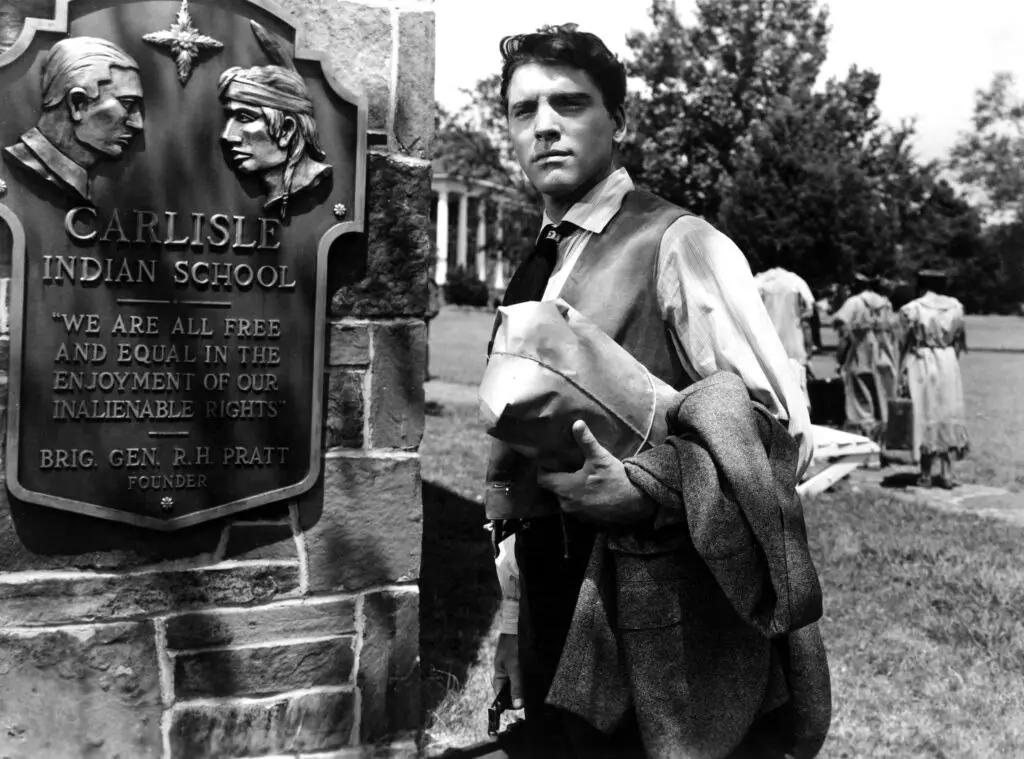
Jim Thorpe was one of the greatest athletes of all time, excelling in multiple sports. A member of the Sac and Fox Nation, he won gold medals in the pentathlon and decathlon at the 1912 Olympics. Unfortunately, the Olympic Committee later stripped him of his medals over a minor technicality—one many believe was rooted in racism. He went on to play professional baseball and football, proving his athleticism knew no bounds. Even with his medals taken away, he remained an icon of Native excellence.
Thorpe’s achievements paved the way for Native athletes who followed. Decades after his death, his Olympic medals were finally reinstated, recognizing his rightful place in sports history. His determination and skill continue to inspire, showing that Native Americans have always been among the world’s greatest competitors. His legacy is one of resilience, proving that talent and perseverance can break through even the most unfair barriers.
13. Mary Golda Ross
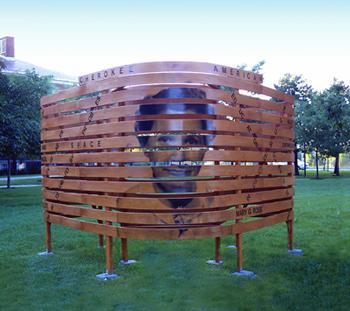
Mary Golda Ross was a Cherokee mathematician and one of the first female aerospace engineers in history. She worked on classified projects for NASA and played a key role in early space exploration. At a time when both women and Native Americans faced significant discrimination in STEM fields, she broke through every barrier in her path. She helped design spacecraft that would later contribute to lunar missions, ensuring that her contributions reached beyond Earth itself.
Ross was deeply proud of her Cherokee heritage and often credited her ancestors’ values for her success. She spent her later years mentoring Native students, encouraging them to pursue careers in science and engineering. Despite her achievements, she rarely sought recognition, letting her groundbreaking work speak for itself. Today, she remains an inspiration for anyone who dreams of reaching the stars.
14. Nanyehi (Nancy Ward)
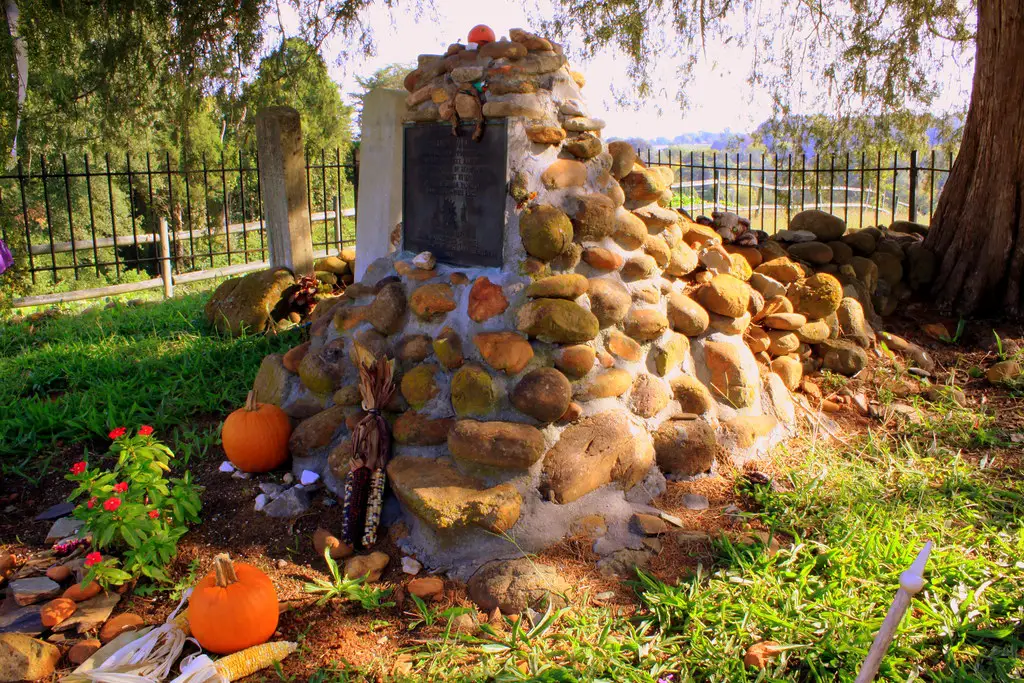
Nanyehi, also known as Nancy Ward, was a Cherokee warrior and diplomat who worked tirelessly to protect her people. She first gained fame as a teenager when she took up her fallen husband’s weapons in battle and led her warriors to victory. Later, she became a “Beloved Woman” of the Cherokee, a title given to those with great wisdom and leadership. She used her influence to negotiate for peace between the Cherokee and European settlers, believing it was the best way to preserve her people’s future.
Despite her efforts, the U.S. government continued to break treaties and force Native Americans from their land. She warned her people of the coming hardships, urging them to adapt while holding onto their traditions. Though she couldn’t stop the Trail of Tears, her legacy as a leader and protector endures. Today, she is remembered for her courage, vision, and unwavering love for her people.
